Top 10 Things to Do in the Garden in April
As summer wanes, it's time to prepare your garden for winter and the spring that follows
Carol Bucknell
6 March 2015
Houzz New Zealand Contributor. Journalist who lives in Auckland and specialises in writing about gardens, houses and design. Author of two books on garden design: Contemporary gardens of New Zealand and Big Ideas for Small Gardens both published by Penguin. I also design gardens and am a passionate gardener. Currently I write the garden pages for New Zealand magazine Your Home & Garden and contribute to NZ Gardener and NZ House & Garden magazines.
Houzz New Zealand Contributor. Journalist who lives in Auckland and specialises... More
To keep your garden vibrant and healthy all year round you often need to plan a season or two in advance. In autumn, we stop feeding some plants as they prepare for dormancy, but lawns and other plants need a boost of fertiliser to give them enough energy through winter. We also take cuttings and divisions now to provide new plants to fill gaps in the garden. Spring-flowering bulbs are planted in autumn, as are new trees.
1. Gather autumn leaves
Don’t leave those golden autumn leaves on the lawn to kill the grass and blow about filling up the gutters to ultimately end up in the storm-water drains. Rake them up instead and compost or use as a mulch in garden beds. Well-rotted leaf mould as it’s called is nutrient-rich and extremely beneficial to garden soil.
Become the Reigning Champ of Compost
Don’t leave those golden autumn leaves on the lawn to kill the grass and blow about filling up the gutters to ultimately end up in the storm-water drains. Rake them up instead and compost or use as a mulch in garden beds. Well-rotted leaf mould as it’s called is nutrient-rich and extremely beneficial to garden soil.
Become the Reigning Champ of Compost
2. Plant spring flowering bulbs
Now is the time to plant spring bulbs such as Freesia, hyacinth, daffodil, crocus, anemone, Babiana and tulips. Choose a spot with light, well-drained soil or plant in pots that can be moved out of sight after flowering. In warm areas, chill hyacinth and tulip bulbs in the crisper section of your fridge in a well-marked paper bag for about eight weeks before planting.
Simplify Gift Giving With This Budding Surprise
Now is the time to plant spring bulbs such as Freesia, hyacinth, daffodil, crocus, anemone, Babiana and tulips. Choose a spot with light, well-drained soil or plant in pots that can be moved out of sight after flowering. In warm areas, chill hyacinth and tulip bulbs in the crisper section of your fridge in a well-marked paper bag for about eight weeks before planting.
Simplify Gift Giving With This Budding Surprise
3. Watch out for mildew on roses
Powdery mildew is rife in autumn, particularly when the weather stays warm. To prevent it attacking your roses, hose their leaves a couple of times a week. This will raise the humidity, therefore stopping the powdery mildew spores from maturing, but do it in the morning only. Moisture on leaves overnight is what powdery mildew loves best.
Roses also enjoy a sprinkle of potash around their drip line at this time of year. Water in well, particularly if weather is dry.
Powdery mildew is rife in autumn, particularly when the weather stays warm. To prevent it attacking your roses, hose their leaves a couple of times a week. This will raise the humidity, therefore stopping the powdery mildew spores from maturing, but do it in the morning only. Moisture on leaves overnight is what powdery mildew loves best.
Roses also enjoy a sprinkle of potash around their drip line at this time of year. Water in well, particularly if weather is dry.
4. Take hardwood cuttings
For free new plants to fill up bare spots in the garden, take cuttings now from lavender, roses, box, Hebe, hydrangea and other woody shrubs. Remove most of the leaves and dip the end of each cutting into rooting hormone before placing them into a sandy, well-drained soil mix. Keep moist and wait for cuttings to take root and produce leaves in spring.
For free new plants to fill up bare spots in the garden, take cuttings now from lavender, roses, box, Hebe, hydrangea and other woody shrubs. Remove most of the leaves and dip the end of each cutting into rooting hormone before placing them into a sandy, well-drained soil mix. Keep moist and wait for cuttings to take root and produce leaves in spring.
5. Pot up winter flowering annuals
When it comes to pretty flowers for your pots and bare spots in the garden during late winter and spring, simply remember the three Ps – pansies, Primula and Polyanthus. Mix up with cineraria as shown here, and other annuals. Sow seed now in trays or punnets or look out for seedlings at the garden centre.
When it comes to pretty flowers for your pots and bare spots in the garden during late winter and spring, simply remember the three Ps – pansies, Primula and Polyanthus. Mix up with cineraria as shown here, and other annuals. Sow seed now in trays or punnets or look out for seedlings at the garden centre.
6. Divide perennials
Dig up and divide large clumps of perennials such as dahlias (pictured), cannas, daylilies, Dietes, Euphorbia, foxgloves, Hosta, peonies and red-hot pokers. Use a sharp knife or spade to break up clumps, keeping the outside bits for replanting or giving away, but throwing the old central core onto the compost. This will revitalise plants so they’ll produce more flowers next season.
Dig up and divide large clumps of perennials such as dahlias (pictured), cannas, daylilies, Dietes, Euphorbia, foxgloves, Hosta, peonies and red-hot pokers. Use a sharp knife or spade to break up clumps, keeping the outside bits for replanting or giving away, but throwing the old central core onto the compost. This will revitalise plants so they’ll produce more flowers next season.
7. Give tired lawns a boost
Autumn is a good time to sow new lawns and revitalise existing ones, but ideally wait until weather is cooler with some rain likely. Before sowing seed, remove stones and difficult weeds such as dock and dandelion.
Autumn is a good time to sow new lawns and revitalise existing ones, but ideally wait until weather is cooler with some rain likely. Before sowing seed, remove stones and difficult weeds such as dock and dandelion.
8. Plant new trees
Autumn is an ideal time to plant new trees or shrubs, provided the soil is reasonably moist. If soil is heavy clay add compost, sheep pellets or other organic matter to improve its structure and encourage worms.
Make sure the planting spot isn’t on top of underground services such as sewerage drains or power cables. If unsure you should contact the service provider who can supply plans for your section.
Autumn is an ideal time to plant new trees or shrubs, provided the soil is reasonably moist. If soil is heavy clay add compost, sheep pellets or other organic matter to improve its structure and encourage worms.
Make sure the planting spot isn’t on top of underground services such as sewerage drains or power cables. If unsure you should contact the service provider who can supply plans for your section.
9. Mulch frost tender plants
In places with very cold winters, it pays to lift frost-tender plants, such as cannas. Dry the rhizomes in the sun and store them in the garage or shed over winter.
7 Common Garden Mistakes and How to Avoid Them
In places with very cold winters, it pays to lift frost-tender plants, such as cannas. Dry the rhizomes in the sun and store them in the garage or shed over winter.
7 Common Garden Mistakes and How to Avoid Them
10. Allow plants to set seed
Some flowering perennials such as sedum (pictured) and coneflower (Echinacea), grasses also, have lovely seed heads. Think about leaving those you like on the plant during winter to add interest to the garden. Rose growers recommend leaving some flowers on plants to set hips (red/orange berries). Rose hips not only look attractive but help maintain vigour.
Tell us
What are your fail-safe gardening tips for the autumn months? Share them in the Comments below, like this story, save your favourite images and join the conversation.
More
Is your long-suffering garden in need of some professional help? Find a gardener or landscape contractor near you who’s familiar with plants that grow well in your climate and region
Some flowering perennials such as sedum (pictured) and coneflower (Echinacea), grasses also, have lovely seed heads. Think about leaving those you like on the plant during winter to add interest to the garden. Rose growers recommend leaving some flowers on plants to set hips (red/orange berries). Rose hips not only look attractive but help maintain vigour.
Tell us
What are your fail-safe gardening tips for the autumn months? Share them in the Comments below, like this story, save your favourite images and join the conversation.
More
Is your long-suffering garden in need of some professional help? Find a gardener or landscape contractor near you who’s familiar with plants that grow well in your climate and region
Related Stories
Renovating Advice
How Do I Find, Assess & Hire the Right People for My Renovation?
Do you need a kitchen designer or a joiner? An architect or an interior designer? Find out with our essential reno guide
Full Story
Renovation Guides
What Key Measurements & Room Dimensions Should I Know for a Reno?
Read practical information about key room measurements and minimum clearances for fittings and fixtures in every room
Full Story
Bedrooms
12 Decorating Tips to Make Any Bedroom Look Better
By Anne Ellard
Want to know how to make your bedroom look better? Here are 12 great tricks
Full Story
Renovation Guides
Room by Room: Experts on Ways to Avoid Common Renovation Blunders
From the kitchen to the garden, and all areas in between, experts identify common mistakes and share priceless insights
Full Story
Bathroom Expert Advice
5 Reasons Your Bathroom Smells Funky (and How to Fix the Problem)
A plumber reveals five reasons your bathroom might smell like sewage or emanate a musty odour
Full Story
Kitchen Renovations
From Planning to Pendants: Kitchen Lighting Essentials
By Joanna Tovia
This valuable guide will give you all you need to know about choosing kitchen lighting for fabulous form and function
Full Story
Living Rooms
The Full Picture: How High Should Your TV Be?
By Matt Clawson
We look at an important question to consider when locating your television: how high should you set it?
Full Story
Bathrooms
All the Dimensions You Need to Know for Your Bathroom Makeover
Fit everything comfortably in a small or medium-size bathroom by knowing standard dimensions for fixtures and clearances
Full Story
Renovation Guides
How to Control the Cost of Your Renovation, Room by Room
Where to save, where to spend (and all the tricks in between) for keeping the cost of your renovation on track
Full Story
Architecture
Renovation Insight: How to Choose an Architect
A great architect can turn your dream home into reality – three industry experts reveal where to look for the right one
Full Story








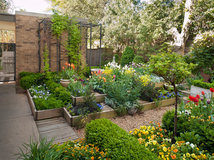


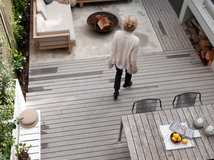
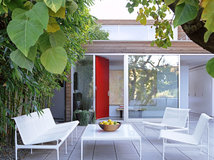
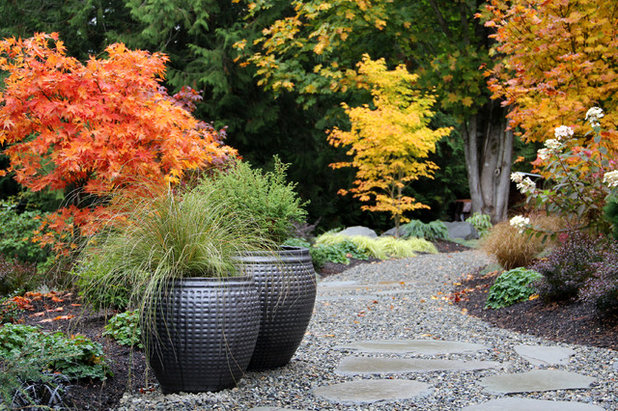
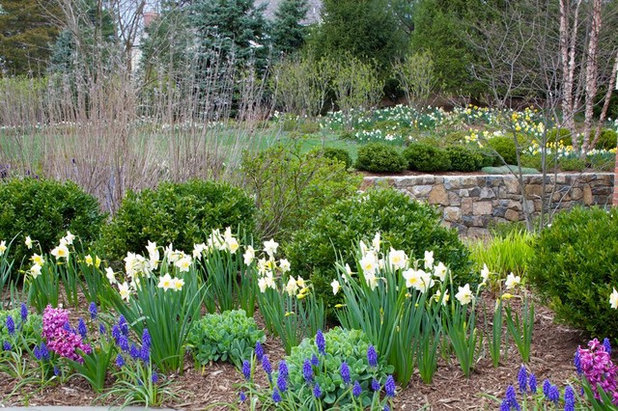
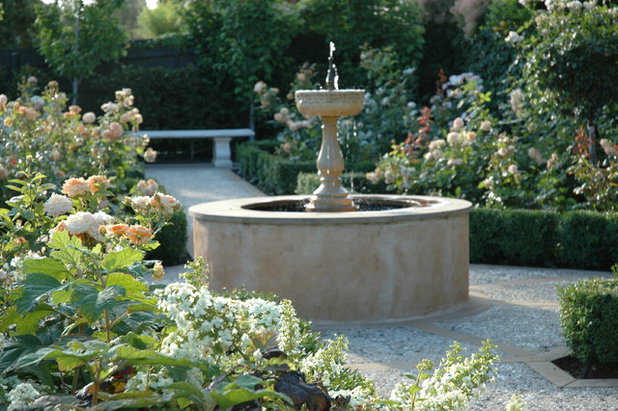
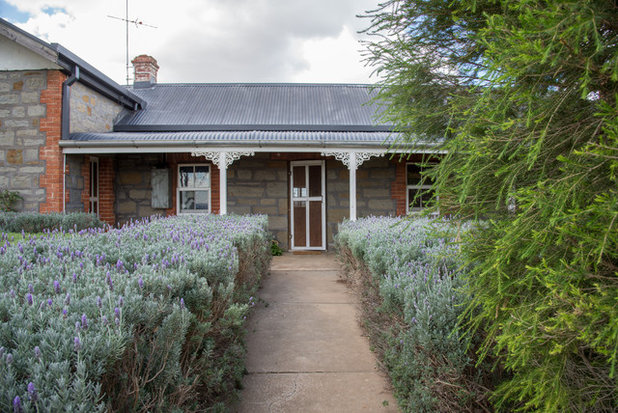
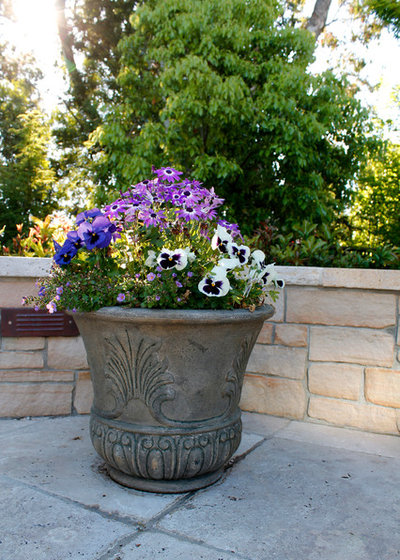
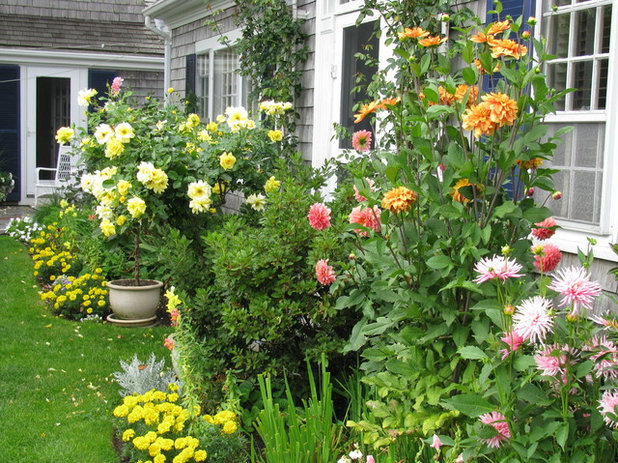


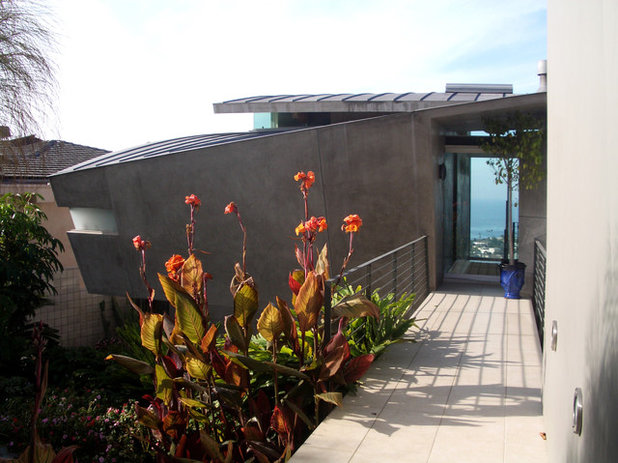
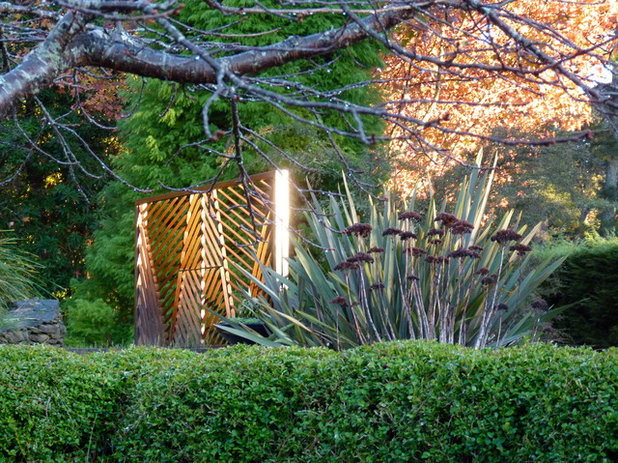



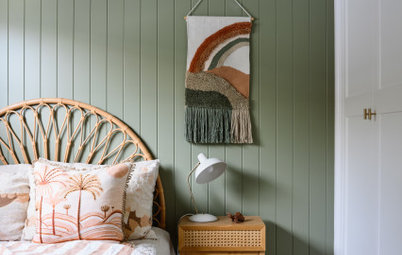
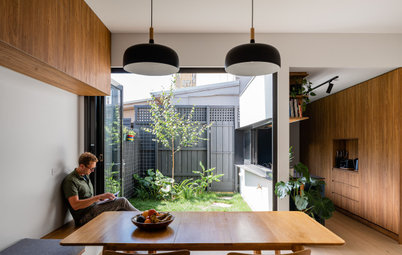



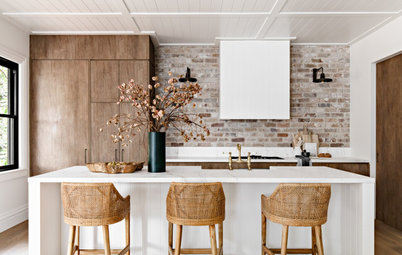

Although it is still in the low 30's here where I live, I'm seeing the deciduous trees pulling on their red cloaks for the Autumn. I hate Autumn, coz it means long days are running away! Waaaah! (2 minutes 26s a day shorter. Add that up for the week and you really start noticing it!) Having said that though, I do like the fact I don't have to wear a ton of sunscreen quite as much in Autumn as I do in Summer. (One with fair skin like me needs sun block all year round, sigh........) I also can enjoy the garden more due to the cooler days. Never ending jobs in my garden!
Funny how this article was done back in 2015 and two years later pops back up again!
Thank you Carol featuring our photo and for the great article!
Thank you for your informative article and stunning photos. I am a novice gardener and thankful for any helpful hints to improve and build on my gardening skills and design.